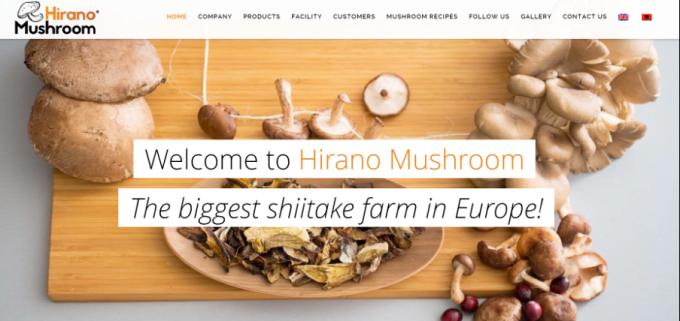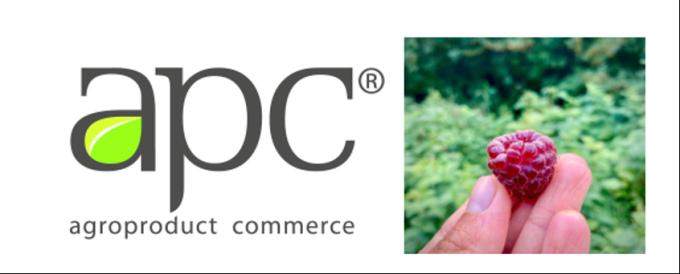Period
1994 - 2021
The adoption of precision agriculture for seedling production revolutionized the nursery's efficiency and quality among Albanian farmers. Facing initial challenges in sourcing information, Dritan Sula, an Albanian farmer, decided to invest in international research and introduce programming and remote control features. The technology boosted demand, doubled output, and improved worker conditions while reducing pollution. Sula's success inspired replication across Albania, offering a scalable model for agricultural advancement in the region.
You must be registered to see all the content
Identification needs
When Sula first embarked on his drive to introduce new technology, he encountered difficulties in sourcing information about the options. No other farmer was using precision agriculture at that time in Albania, nor were any companies supplying the technology in the country. Information on the Internet was insufficient, so the only way to obtain the knowledge he required was to attend international fairs abroad. For producers with limited land surface, the only way to increase income generation is to intensify production as much as possible. Programming and remote control are the two most important features of the innovations introduced, and are largely responsible for the successful business outcome.
Stakeholder change
The introduction of these innovations has improved the quality and homogeneity of the seedlings grown by Sula. This has increased demand for them by farmers, both in the area and from further afield. At the beginning, the nursery attracted 100–130 customers per year, but that figure has since risen to more than 230. As a result, the nursery has increased both its output and its revenue. In order to capitalize on the increased efficiency and productivity achieved due to the new technologies, the farmer is looking to buy more land and nearly double his output from 3 million to 5 million seedlings. The agribusiness has reduced its labour force. The remaining staff (mainly women) have improved their working conditions, including safety. Workers who left the company have become involved in developing vegetable production on their own farms, based on seedlings produced by Sula’s nursery. Pollution from pesticide use has been reduced. Spraying is now done using the precise amount of pesticide required, in contrast with normal practice in small-scale seedling production, when farmers tend to overestimate the volume of pesticide needed. Under the new system, the seedlings are produced on shelves or on the paved floor, so there is no leakage of water or pesticides after plants have been treated.
Change triggered
The farmer had a clear vision of what he wanted to achieve:
increased production and quality of seedlings.
He invested his own funds from his business and he had his own land, so no institutional support was needed.
He researched the new technologies carefully by travelling to various suppliers in Europe before making his selection and investment decision.
The new technologies and results were readily accepted by surrounding farmers, as Sula was the only seedling provider in his area. The farmer implemented the technology on a step-by-step basis, introducing and refining changes gradually.
Since Sula introduced automatization at his nursery, seedling production has increased exponentially – from 400 000 seedlings in 2003 to 1 400 000 seedlings in 2014. The target is to produce 4 million seedlings in 2020. The total investment over a period of almost 20 years has been EUR 854 000 (USD 1 million), financed by loans from banks. With a consistent increase in output and revenue, the farmer has been able to pay back the loans, and is continuing to invest in improved technology.
Short description
The focus of this good practice fact sheet is the experience of a farmer from Albania who has introduced new technologies for the production of vegetable seedlings grown in greenhouses. The document traces the farmer's journey, from his efforts to research precision agriculture technologies to their practical application on his farm. It also explores the impact of this innovation on his output and revenue, while describing how some other farmers in Albania have begun to replicate the practice.This practice was first introduced in Berat district, central Albania and has since been replicated in several other rural areas of the country. It is also suitable for other parts of the region that are in a similar stage of agricultural development.Through implementation of precision agriculture, the owner was able to build a nursery with a controlled environment (temperature, humidity, spraying, watering, wind control, integrated pest control for plants) for the production of vegetable seedlings. He has also built a demonstration greenhouse, with a controlled environment, where he demonstrates the performances of the different varieties that he produces and distributes. The new technology proved easy to operate, and nursery workers as well as the owner and his son soon learned how to set the temperature, humidity level and the system to open windows automatically. For producers with limited land surface, the only way to increase income generation is to intensify production as much as possible. Programming and remote control are the two most important features of the innovations introduced, and are largely responsible for the successful business outcome.
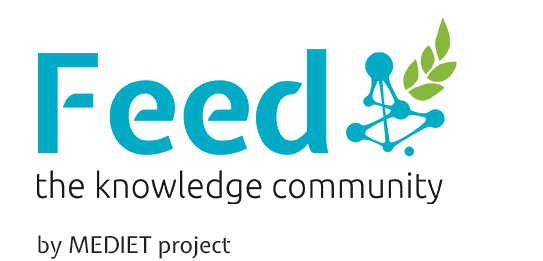

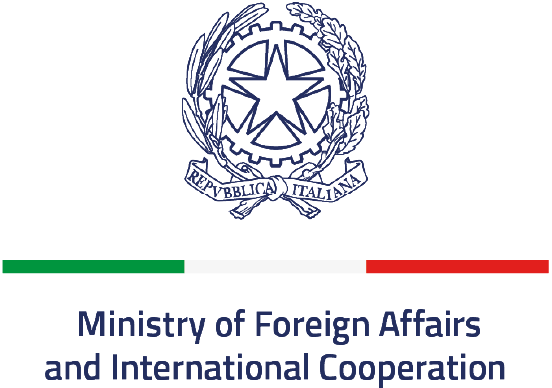
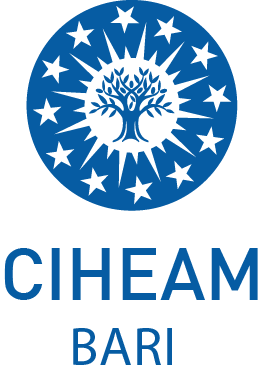





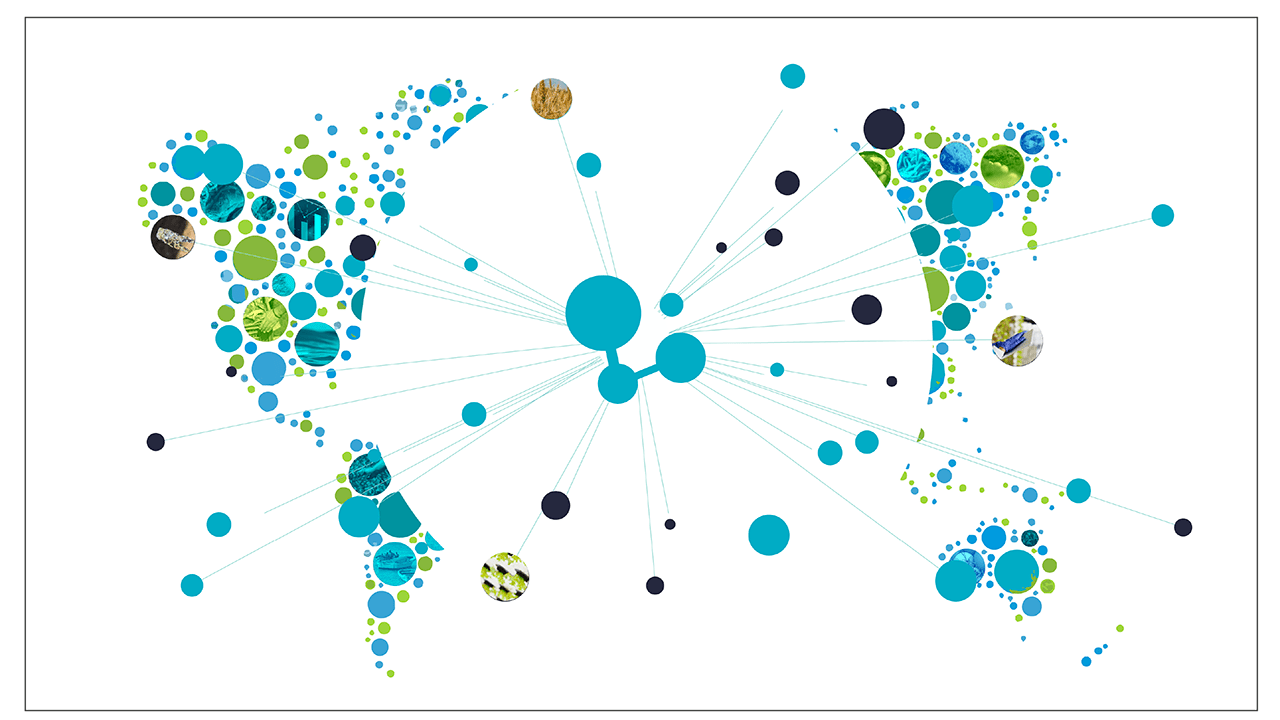
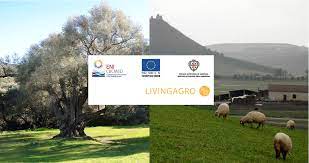
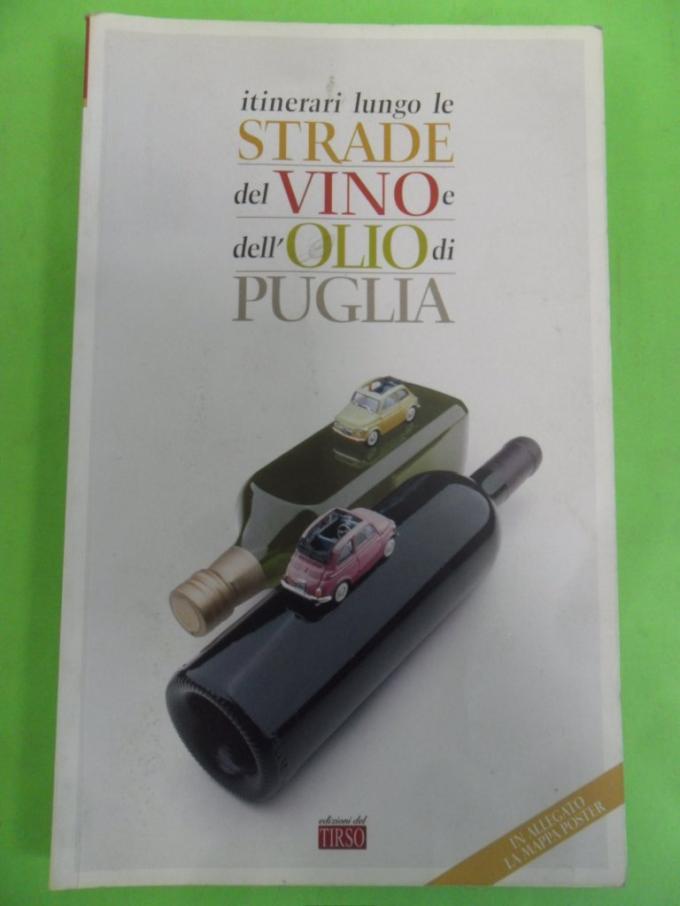

.jpg)
